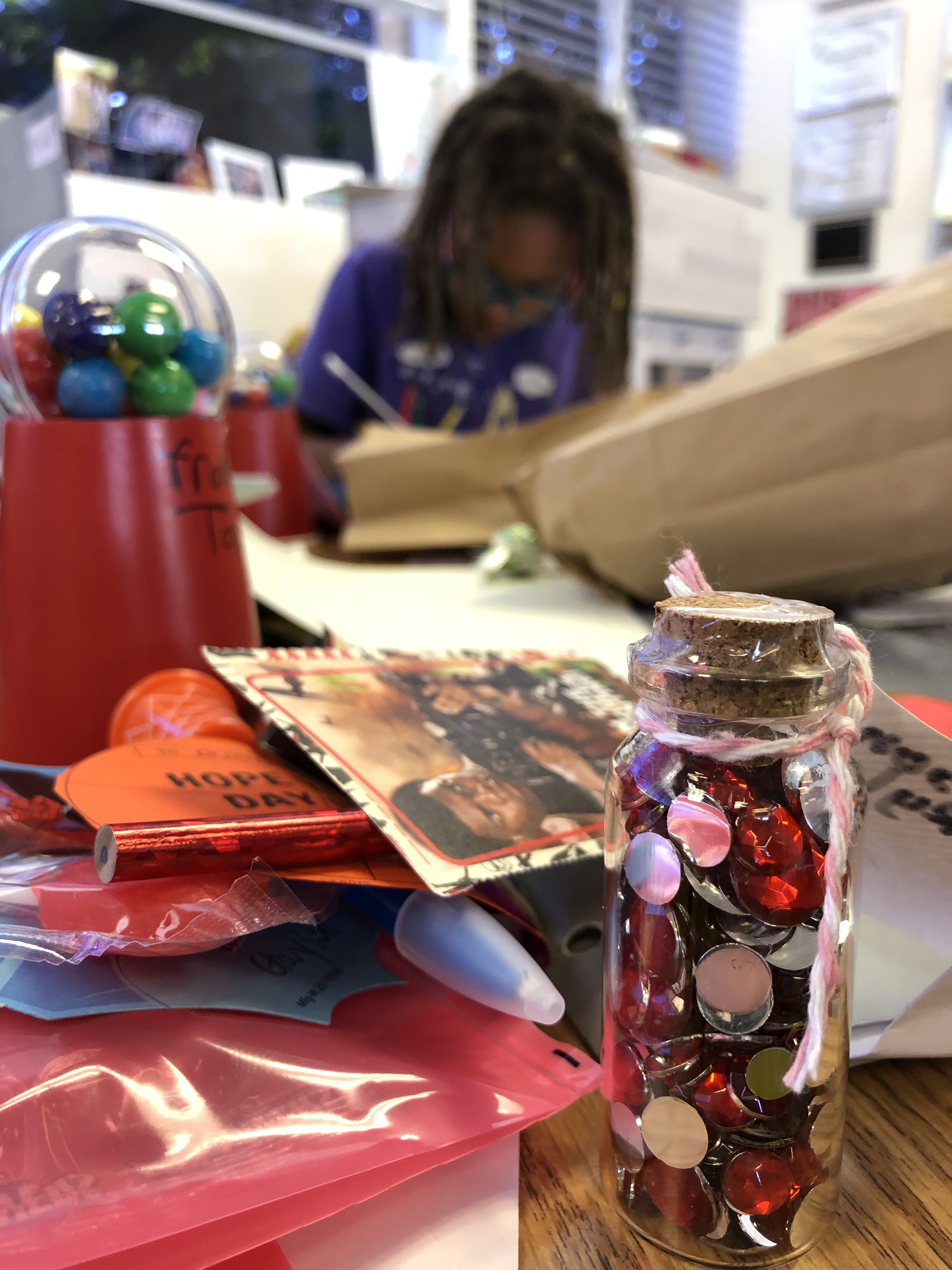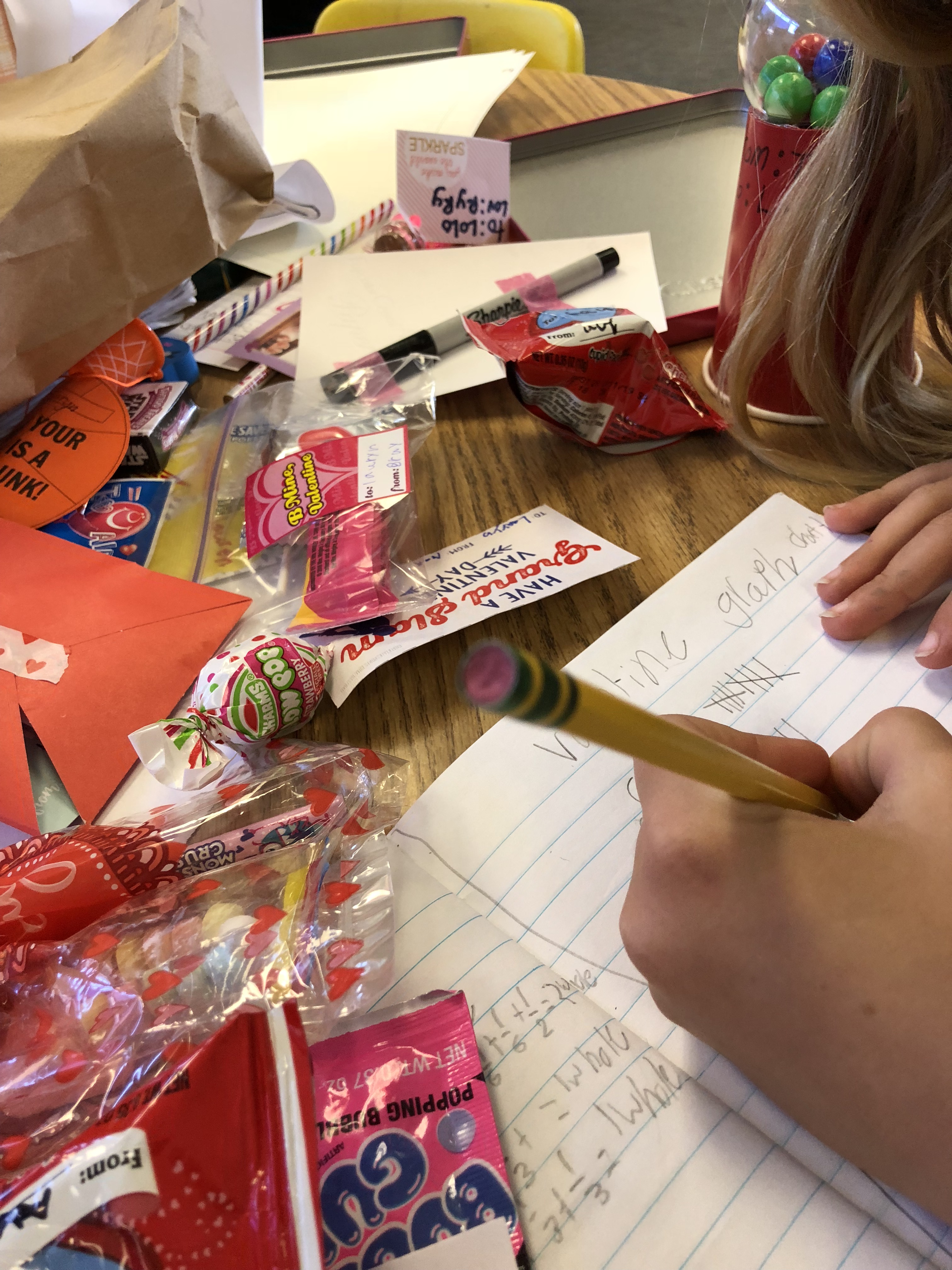Math is everywhere. That’s what I’m always telling my students. But at 6 and 7 years old, my students mostly think math is either counting things one by one or solving equations someone else puts on a page for them.
So I’m trying to get in the habit of finding math in my own daily life. And somedays I’m pretty good at it. On a walk in a local downtown I saw these boxes of books at the local used book store. What perfect math for students (or just ordinary people) to think about. What question(s) might you ask to evoke a mathematical response?
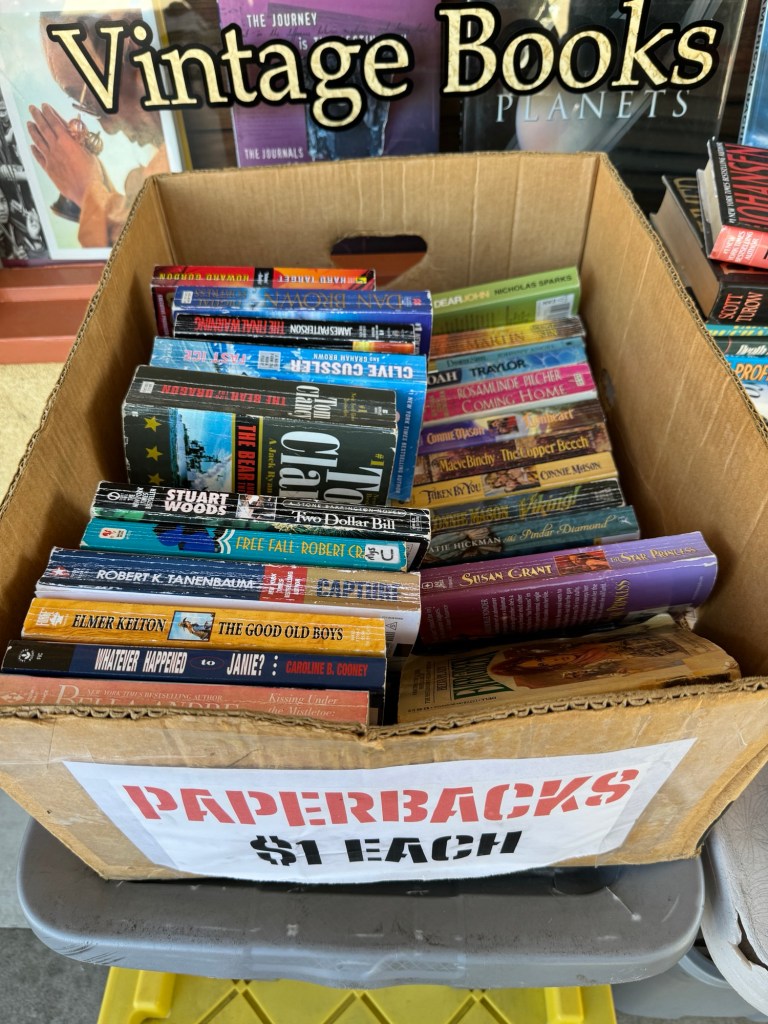
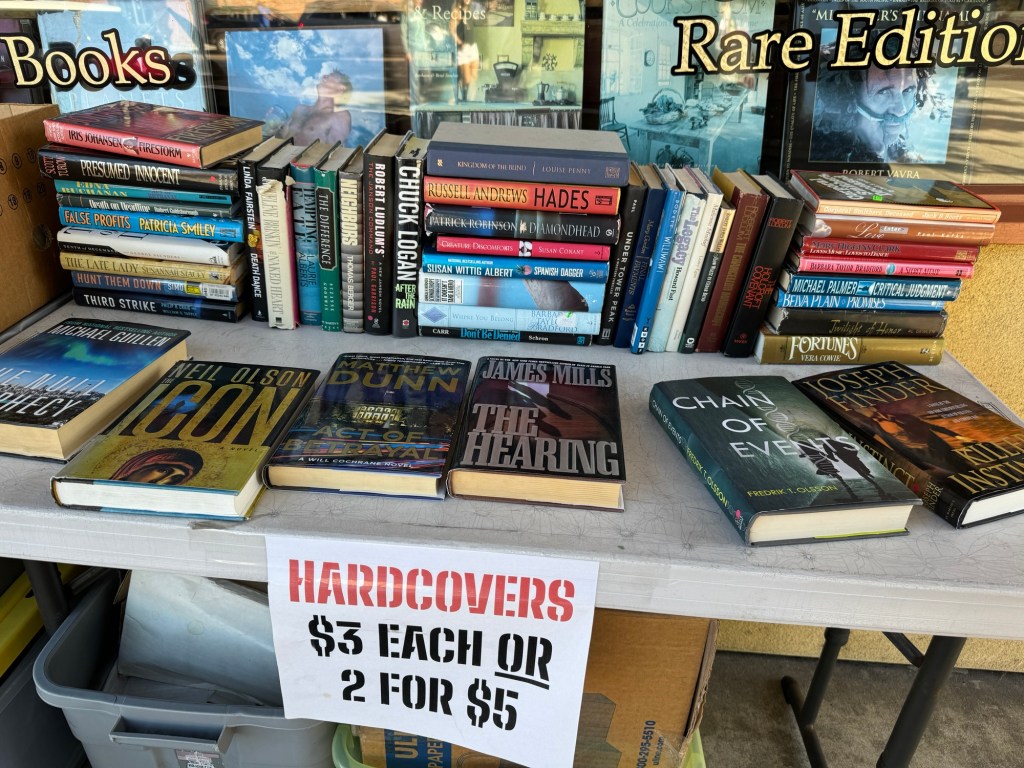
When I see these local trashcans I want to challenge my first graders to figure out how many tiles there are without counting each individually. How might you figure it out? Is there more than one strategy to help figure it out?
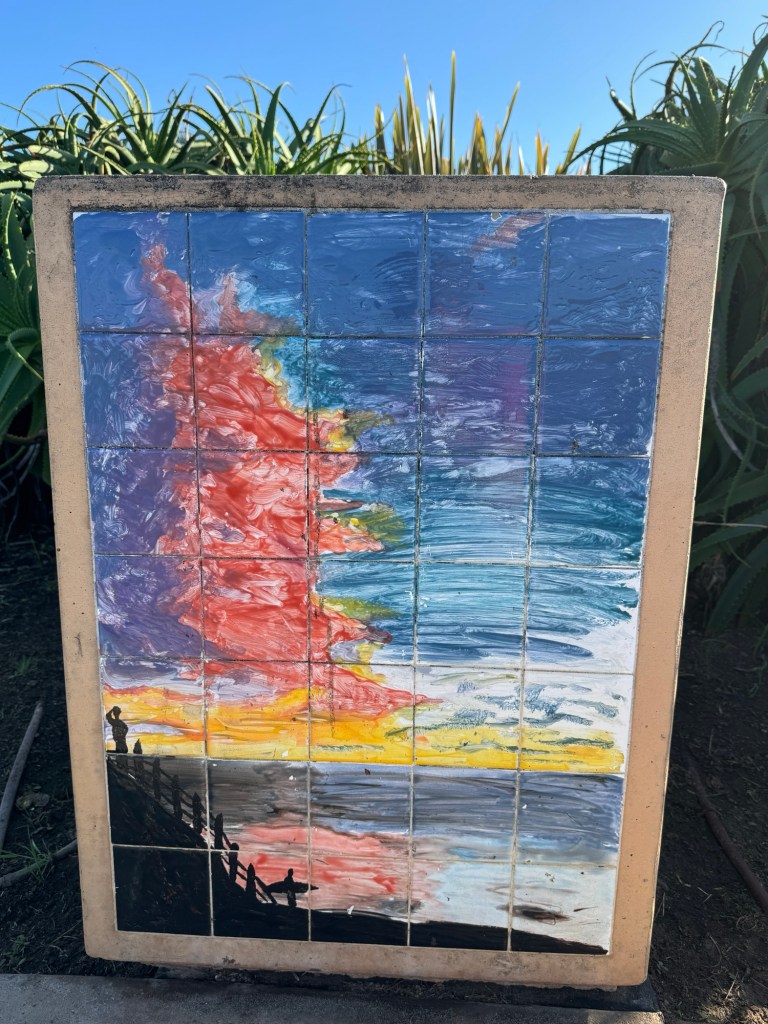
There’s the holes in this drain. Is there an easy way to count them? How might you keep track?
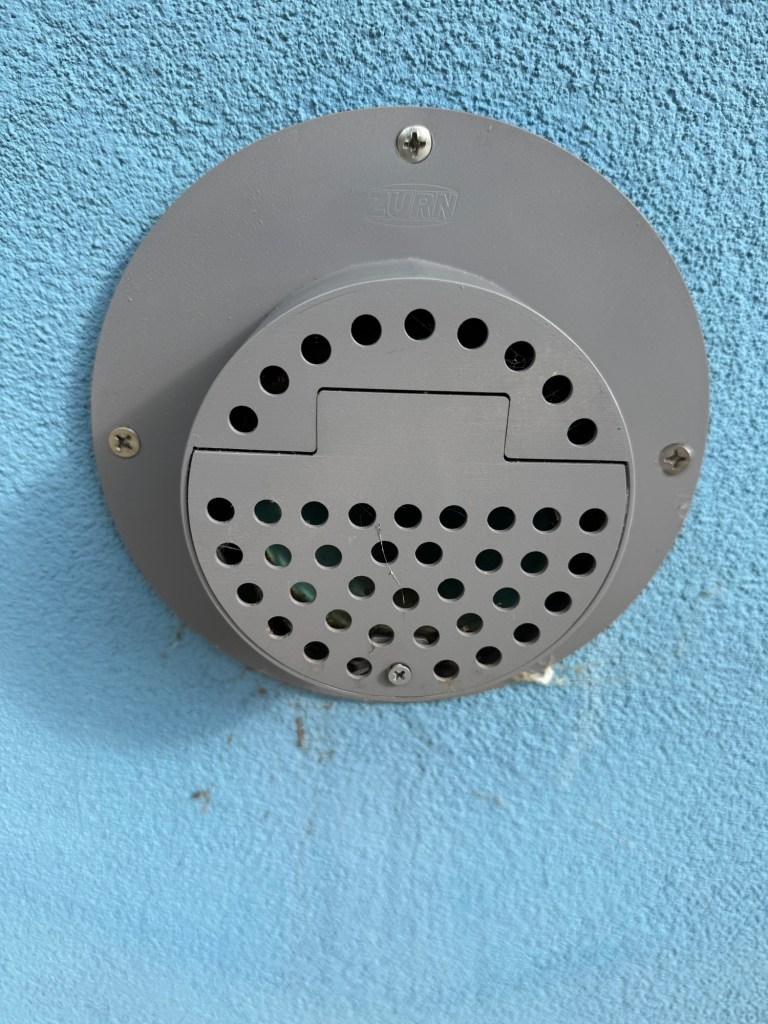
Today we headed out on our playground in search of math. But I’m not so sure that I managed to convey how to look for math. Some students noticed the squares of the climbing ladder on the play structure and were figuring out how many were outlined by the ropes. The inaccuracy of their sketches were definitely not helping them find the solution.
When I prompted, “Do you see any fractions?” a few students were able to see the eight “slices” outlined on the floor of the spinning merry go round thing–and could even articulate that each was an eighth.
But I see that more practice and maybe a bit more direction are still in order. I think I may practice by showing my students one of these photos and then asking some questions to provoke a mathematical response.
So, let me practice on you. What mathematical situations might come from the close up of these balls on the cart in the playground?
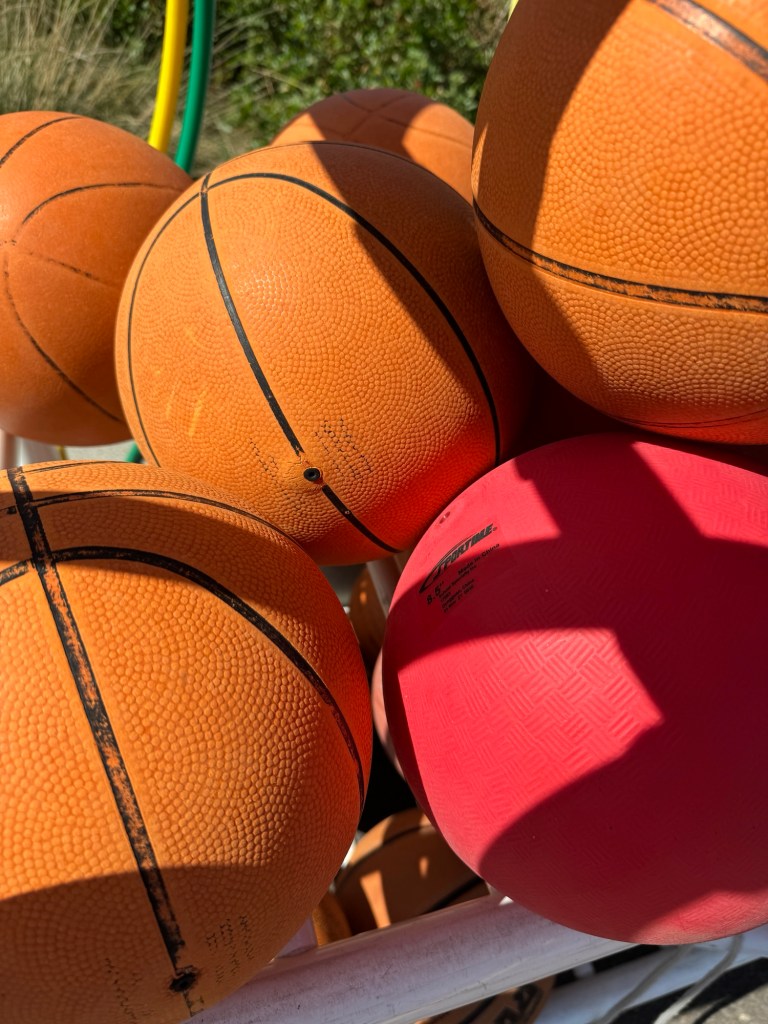
Where do you find math in your daily life?



